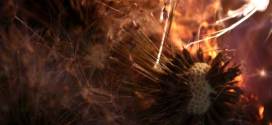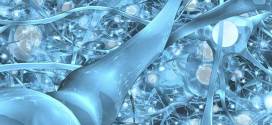In 1988, Leon Chua and Lin Yang developed the idea of the cellular neural network, a variant of the typical artificial neural network that works off a few different principles. As opposed to the multi-layered and dynamic system of regular ANNs, the cellular variant is usually a 2-dimensional model which has limited communication with its neighbors within the network. The …
Read More »Technology
Artificial Neural Networks (Six of Ten)
Artificial neural networks are, in the simplest sense, the electronic reproduction of modeled biological neural networks. The functional aspects and structure of the biological models are reproduced in a manner that allows programs to recreate some of the unique aspects of the way human brains think and solve problems. There are many different ways to model an ANN; although, all …
Read More »Biological Neural Networks (Part Five of Ten)
A biological neural network is, by definition, any group of neurons which perform a specific physiological function. Included in that definition are all the associated parts that make up the network, such as the neurons themselves and the various connections involved. Neurons need not be physically connected to each other in order to make up a network. Often, several groups …
Read More »Neural Networks at a Glance (Part Four of Ten)
A seemingly logical step in the development of artificial life, neural networks have been studied for more than 60 years. By modeling programs after the way that human brains actually work, there is a possibility to replicate the unknown factor that makes humans sentient, intelligent beings. Neural networks have become increasingly popular in the world of AI development for their …
Read More » Mind Gem
Mind Gem



